The Japanese Classic Car Show (or JCCS) has been a signature event for classic car enthusiasts in Southern California for almost 20 years. Founded in 2005, it has grown in popularity and scope over the last two decades. Husband and wife Koji and Terry Yamaguchi, event organizers, leverage the help of a team of volunteers who assist with the planning and execution of the event each fall. The JCCS website says, “The JCCS stands as the premier gathering for Kyusha enthusiasts – devoted fans of classic Japanese automobiles.”
The JCCS show field was staged along Shoreline Drive in Long Beach, the same thoroughfare that serves as part of the race course during the Grand Prix of Long Beach each year. Here is a recap from 2023.
One of the unique aspects of the Japanese Classic Car Show is that it showcases a wide array of vehicles. Each one is classified as a Survivor, Stock Restored, Restomod, or Modified. Registration is generally limited to vehicles and motorcycles manufactured before 1995, although select exceptions are made for carry-over models on a case-by-case basis.
2024 Show Highlights
For the 19th annual JCCS, a special guest was Big Mike, a recording artist who has been active in the hip hop and rap music industries for over 30 years. Another legendary figure on-site was Tom Matano, the designer responsible for sketching the widely popular first-generation Mazda MX-5 Miata.
No car show is complete without ample concessions, and JCCS did not disappoint. The show contracted with five unique food vendors this year including an “Indonesian fusion” food truck called StopBye Café and a Japanese fusion vendor called Doskoi Style.
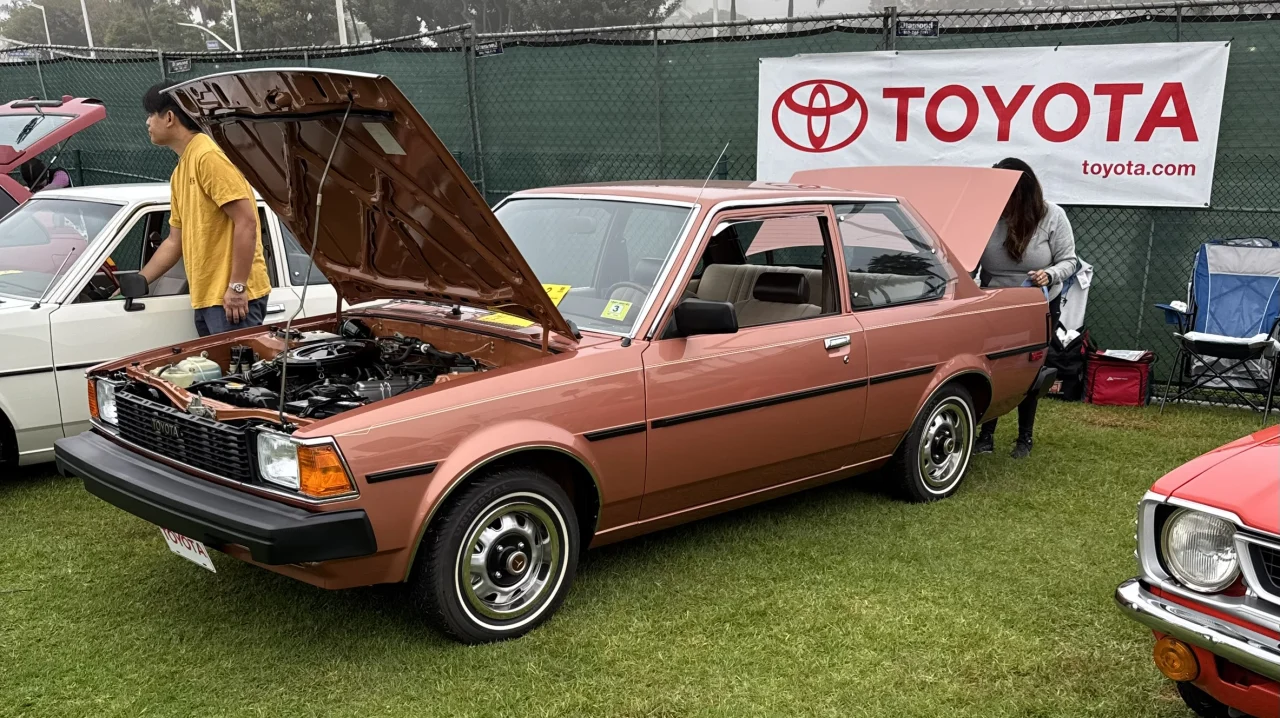
Car collectors love merchandise, and JCCS teamed up with LEEN Customs to create some limited-edition pins that were made available at select locations of the show. The four designs included a 1983 Toyota Corolla, a 1989 Nissan Skyline GT-R, a 1970 Mazda RX-2, and a 1972 Honda Civic CVCC.
Honda brought out its wedge-shaped 1984 Pininfarina-styled concept car. A number of other automakers also got involved with sponsoring JCCS, we well as key industry companies like Yokohama Tire, Motul USA, RAZO, Mother’s Polishes, and many more.
Standout Vehicles
It would be difficult to give proper recognition to the hundreds of highly deserving vehicles (and their owners) who made JCCS 2024 a success. However, I wanted to showcase just a few, in alphabetical order:
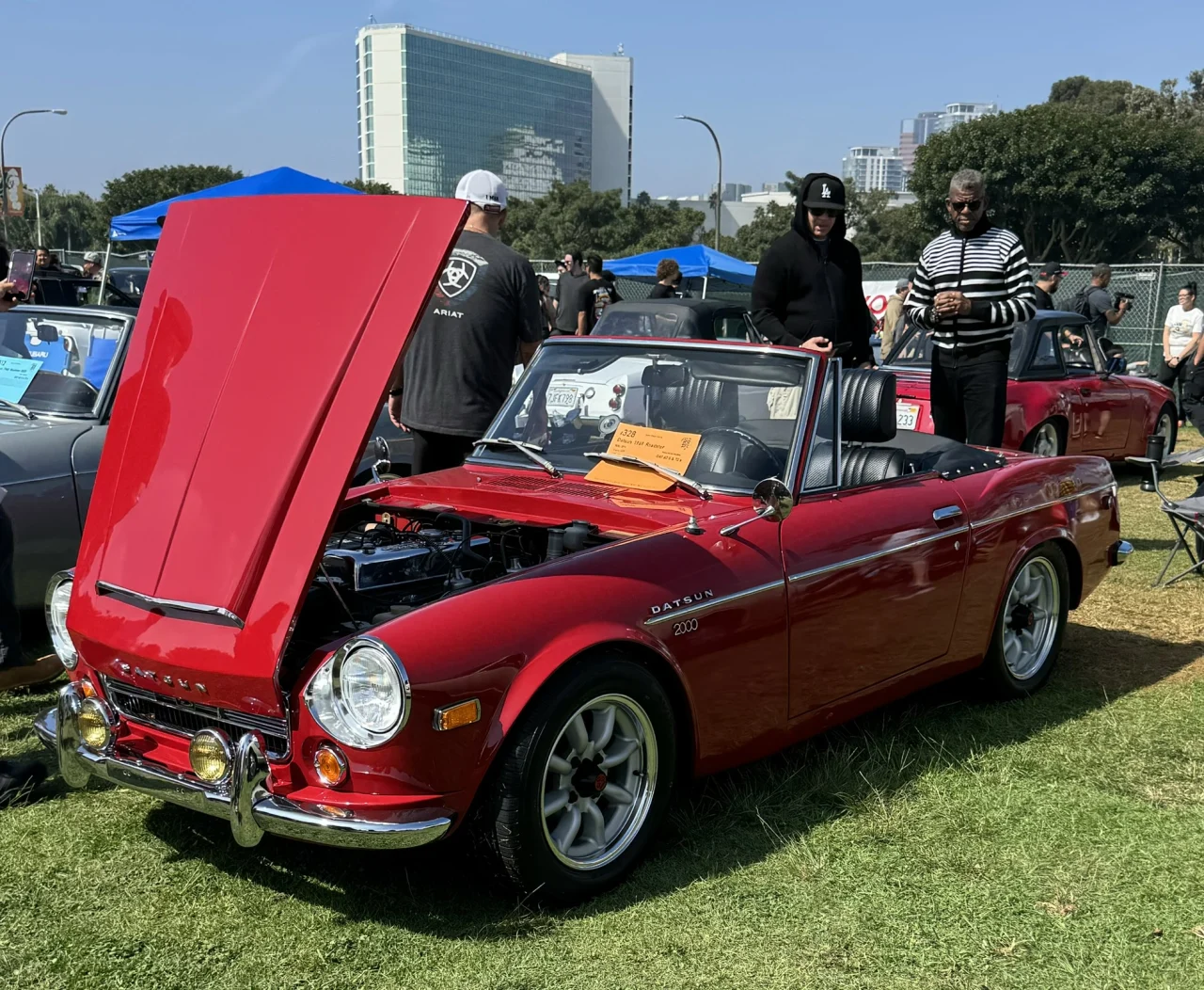
1969 Datsun 2000
This fun two-seat roadster was known as the second-generation Fairlady in some markets. It was powered by a high-revving 2.0-liter inline-four and a five-speed manual transmission. The 2000 was known for its optimal power-to-weight ratio, and the 2000 was well-deserving of its race accolades in the Sports Car Club of America and the Monte Carlo Rally. I loved the red-over-black combo of this car and its tasteful brightwork, all of which looked extremely well-kept.
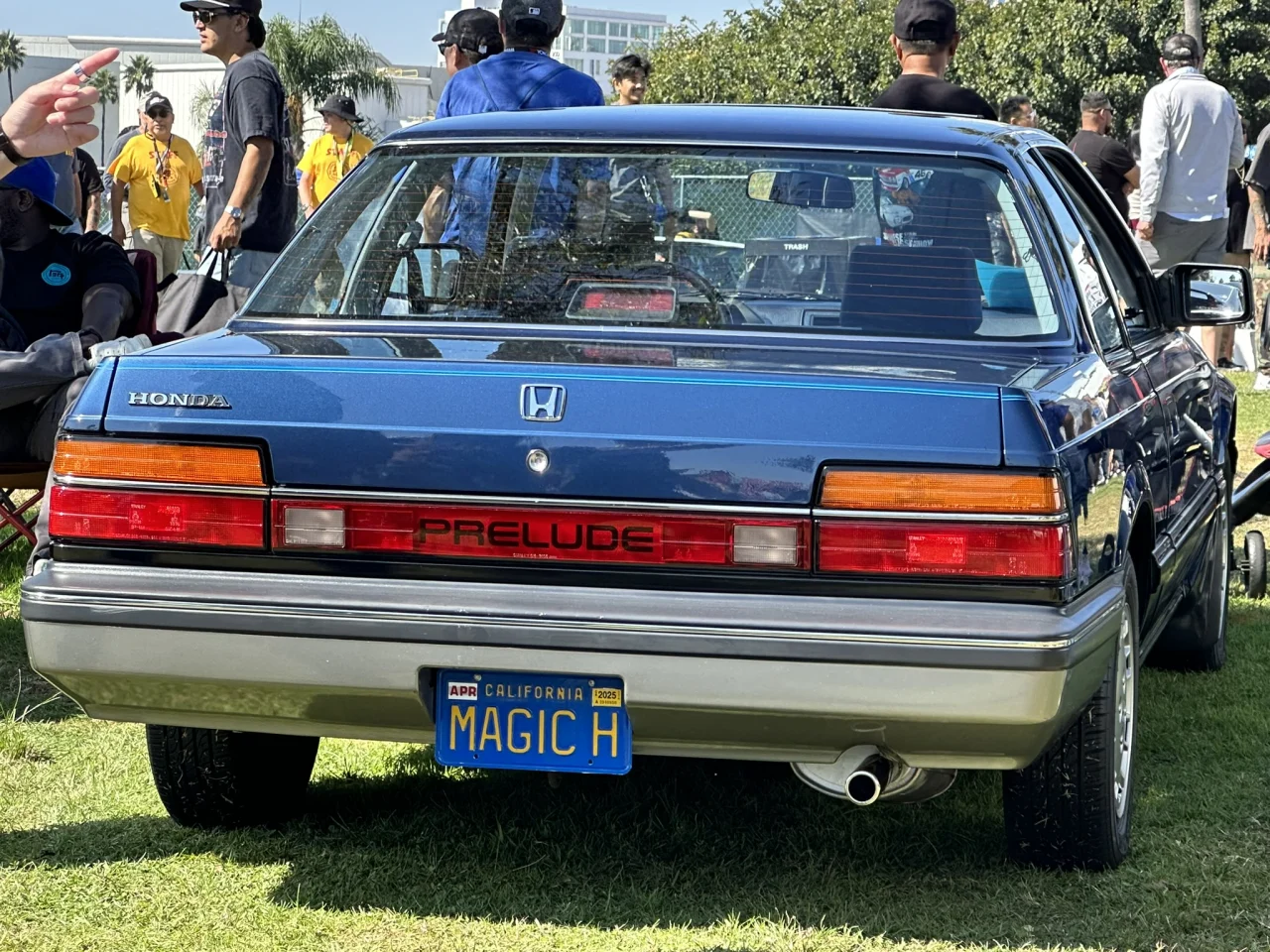
1986 Honda Prelude
Finished in blue paint over blue cloth, this unmodified second-generation Prelude was a definite star of the show. The Prelude was known throughout its five generations for its creature comforts including a standard sunroof or moonroof. Power for this example came from a carbureted 1.8-liter inline-four, although an “Si” model variant with a fuel-injected 2.0-liter was available. Honda has already spilled the beans that the Prelude name is coming back from retirement.

1967 Mazda Cosmo
This sports car had a design with “space age” written all over it. In addition to futuristic exterior lines, it had a unique front-mounted, two-rotor Wankel rotary engine that produced 110 horsepower. Power was fed to the rear wheels through a four-speed manual transmission. This eye-catching example in white at JCCS came from the “Series I” production era and looked showroom ready. No wonder it was delivered to the event on a trailer!
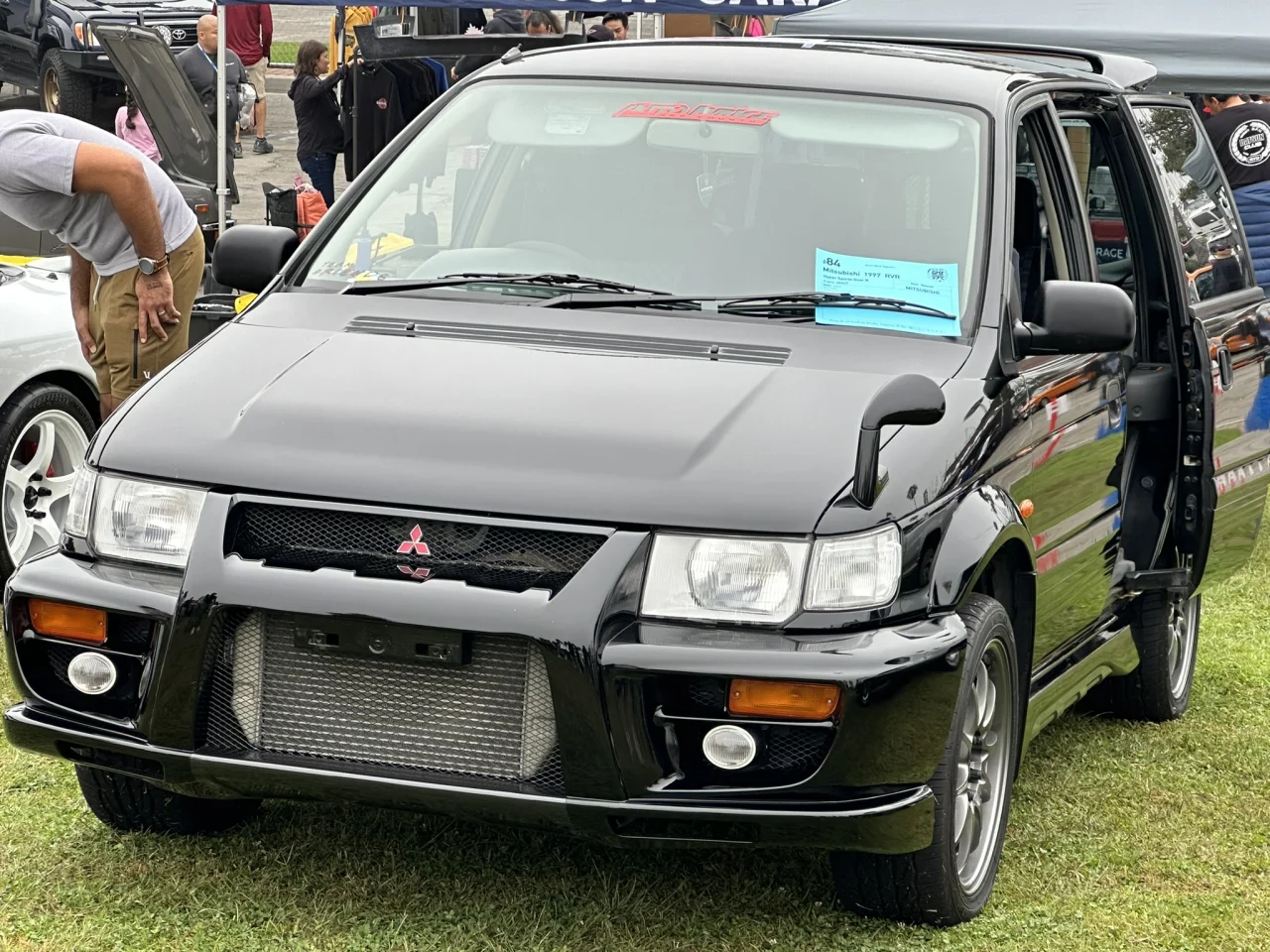
1997 Mitsubishi RVR
This unique crossover-style utility vehicle a utilitarian, sporty rig which debuted during the Japanese economic boom. Technically, the RVR stood for “Recreation Vehicle Runner.” It was a multi-purpose vehicle with a van-like sliding rear door and a variety of four-cylinder powertrains. The right-hand-drive car on display at JCCS had a unique set of 16-inch Oz Racing wheels, a fender-mounted rearview mirror, auxiliary lights, and a rear spoiler.
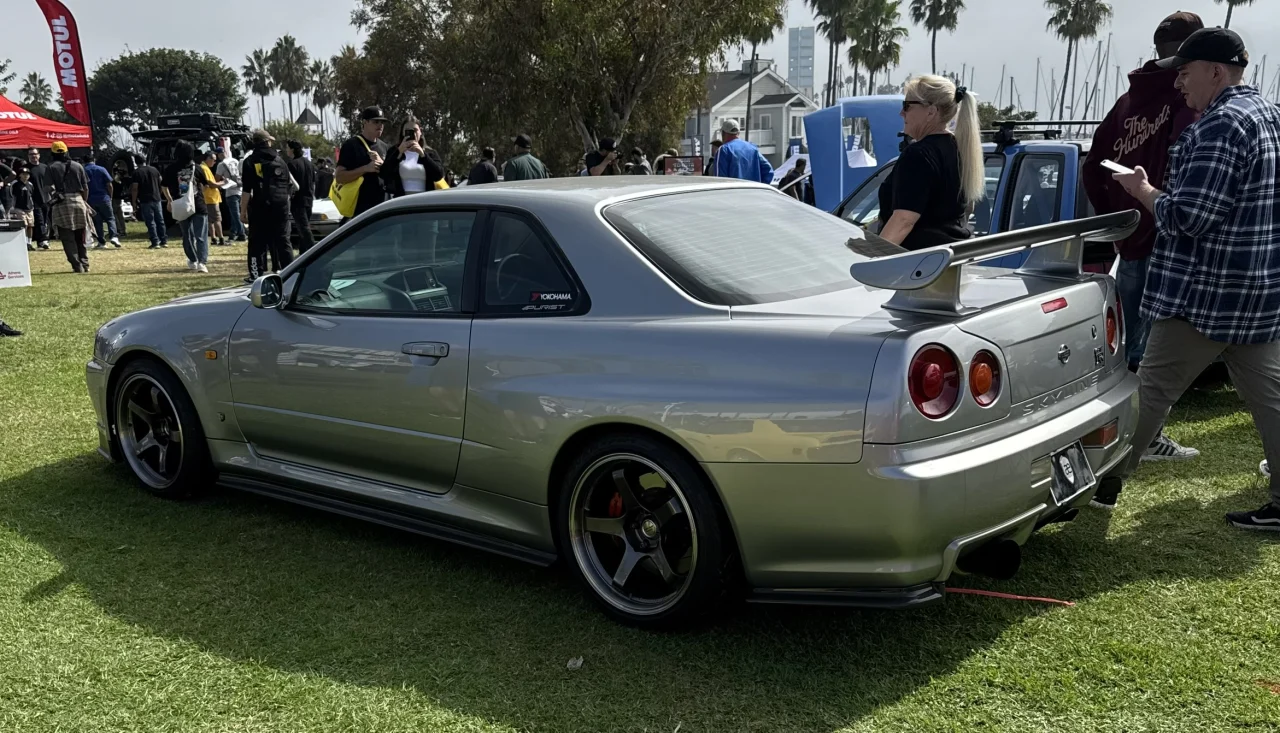
1999 Nissan Skyline GT-R
Introduced in January 1999, the “R34” Skyline GT-R took the world by storm as a touring car that some outlets called the best-handling car they’d ever driven. It came with a twin-turbocharged inline-six paired with a Getrag six-speed manual transmission. Included in the equipment list for this race-ready machine was an available four-wheel drive system, a sport-tuned suspension, a carbon fiber air splitter, and an active rear limited-slip differential. They called this one “Godzilla” for a reason!

1984 Subaru GL
Subaru’s expertise in creating small-scale four-wheel drive vehicles dates back many decades. The GL was known as the Leone in other markets, and it could be configured in hatchback, sedan, and station wagon variants. The hatchback on display at JCCS looked to be in nice shape and was optioned with Kumho Solus tires and large 4WD-branded mud flaps. This thing looked rally-ready!
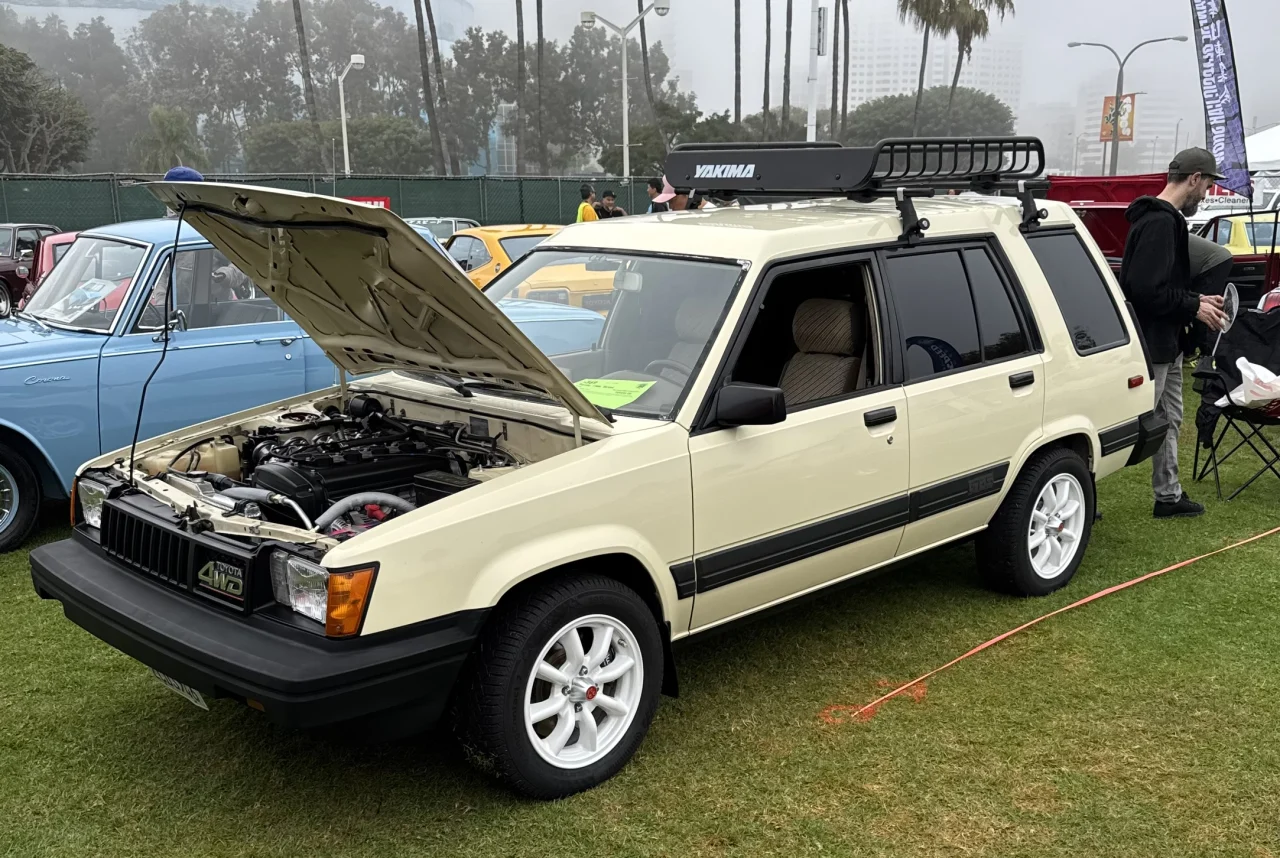
1983 Toyota Tercel SR5
On the topic of go-anywhere vehicles, the Tercel station wagon ranks right up there with some of the most memorable vehicles of the 1980s. It was powered by a 5E-FE 1.5-liter twin-cam motor that produced 100 horsepower. It checked the right boxes for a lot of people, since it was a fuel-sipper with lots of cargo space and a capable four-wheel drive system. The Yakima roof rack, tinted windows, and aftermarket wheels gave a modernized look to this boxy machine.
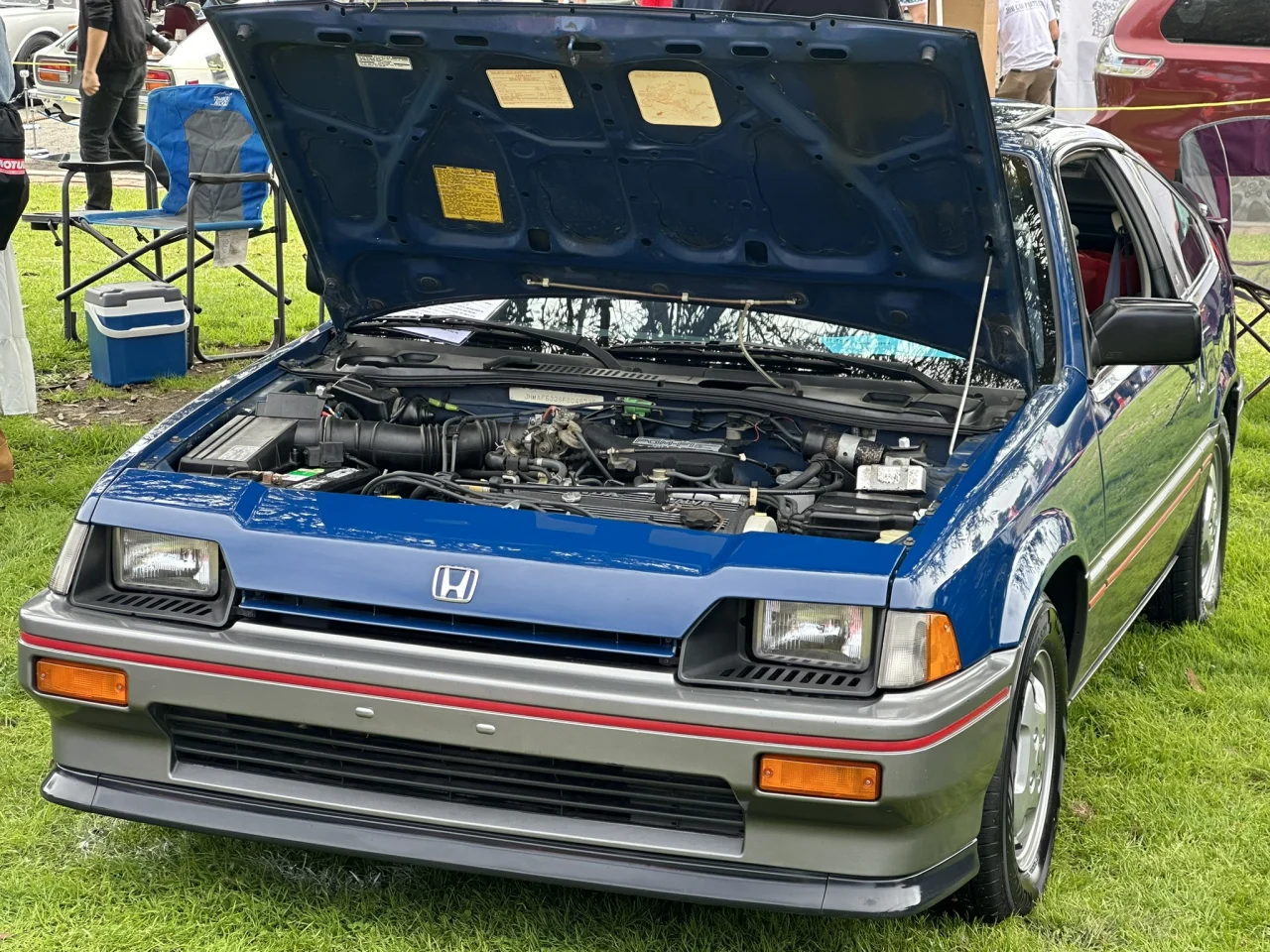
The Passion Continues
Even after 20 years, the JCCS continues to uphold tradition and keep its strong momentum. Follow the Japanese Classic Car Show on Instagram, and stay connected to The Journal for future updates on this and other community events for your favorite types of classic cars!


